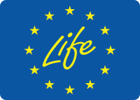Technologies
Medium-large populations
The innovations proposed as part of the project for medium-large populations address
the pre-treatment and disinfection lines, in addition to the water monitoring systems.
Pre-treatments
Pre-treatment technologies ensure the optimisation of resources used during disinfection, reducing the doses of reagents used as well as the energy required in the process.
Physico-chemical pre-treatments
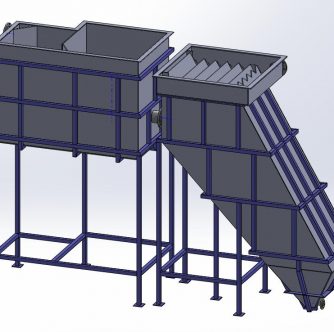
Weighted lamellar settling - CLARIFAST
This system includes coagulation-flocculation stages with the addition of micro-sand, which helps with the precipitation of solids. The clarified water rises through the lamellae while the sand and sludge are recirculated and separated, allowing the microsand to be reused. LIFE Phoenix includes improvements to the conventional system to enhance the clarification of water at high flow rates.
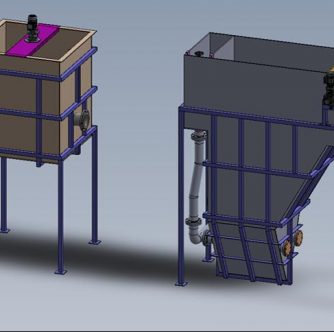
High-speed dissolved air/ozone flotation – DAFAST/DOFAST
This technology combines a coagulation-flocculation stage with dissolved oxygen flotation. The microbubbles generated stick to the solids while the clarified water passes through the lamellar system. LIFE Phoenix includes improvements to technology
including the use of ozone in flotation to improve disinfection processes and innovative
lamellar distribution.
Filtration pre-treatments
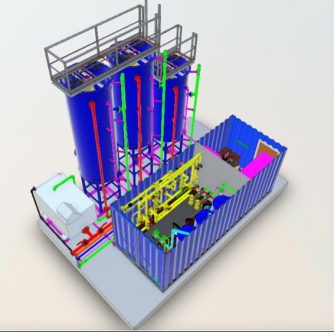
Sand filtration with continuous washing - PURASAND
Purasand® designed and patented by Aqualia, is a sand filter for the reuse and purification of water. Purasand® works continuously, washing the sand during operations, preventing the need to stop for cleaning. The technology used in LIFE Phoenix employs Purasand®, using two continuous columns to obtain better quality water. Furthermore, improvements have been incorporated into the sand recirculation and washing system that reduce the water washing flow rate and the compressed air
flow.
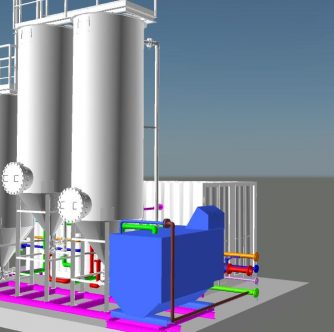
Disc filter
Disc filters make it possible to separate solids thanks to the water flowing through a series of filters attached to a rotating chamber. As the solids stick to the surface of the filters, the efficiency of the system decreases, with backwashing used to obtain a highquality
effluent.
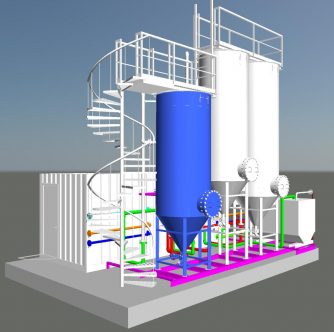
Biological Activated Carbon (BAC)
LIFE Phoenix incorporates biological activated carbon adsorption into its pre-treatment train. This technology is structured around the absorbent material in addition to the growth of microorganisms on it. The project combines BAC with Purasand®, making continuous washing possible.
Ultrafiltration (UF) membranes
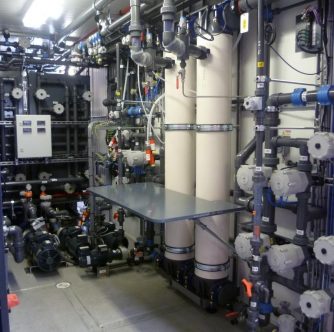
Ultrafiltration (UF) membranes
This separation process that uses membranes with a molecular cut-off weight makes it possible to retain suspended solids, dissolved solids and certain pathogens and contaminants. Different membrane conformations will be tested during the life time of
the project, recording the quality of the effluent obtained.
Advanced oxidation and disinfection
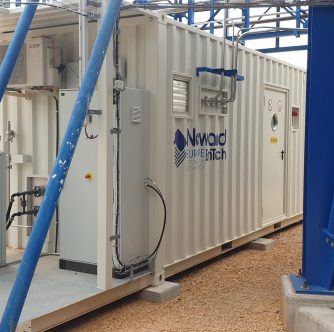
Advanced oxidation and disinfection:
Following the pre-treatment of the secondary effluent, the water undergoes advanced oxidation and disinfection processes to eliminate processing contaminants and pathogens. The technologies, built into a container, include:
- Ozone generator
- Advanced UV-based oxidation
- Advanced oxidation based on the combination of O3 and H2O2
Online monitoring
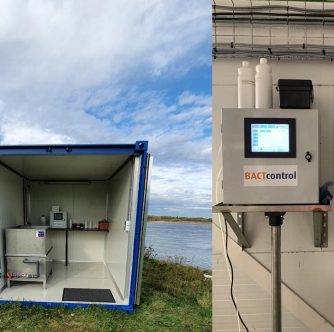
Online monitoring:
LIFE Phoenix tests a large number of advanced pre-treatment + disinfection/oxidation combinations in order to adapt to the needs of any re-use scenario. The effluents obtained will be characterised, in addition to boasting an online monitoring system for:
- Bacteria
- Toxicity
- Organic matter and solids
Small populations
The proposed treatment line for small populations is adapted to their needs and resources, based on natural and low-cost processes. Technology is used in the pretreatment of water before disinfection and advanced oxidation in addition to the online monitoring of effluents. Furthermore, a nutrient recovery system has been built in for the generation of fertiliser.
Pre-treatments
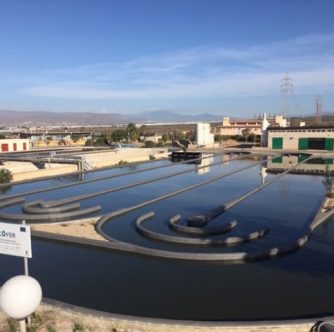
Microalgae pond treatment + dissolved air flotation + wetlands
A train of technologies based on the biological activity of microalgae will be used as the main pre-treatment in small populations. In this system, the microorganisms contained
in the reactor itself (microalgae and bacteria) are responsible for removing nutrients and contaminants from the water based on the action of solar radiation. Afterwards, the effluent from the system passes through a harvesting system using dissolved air flotation, in which clarified water and a stream of solids with fertilising properties (microalgae) are obtained. The liquid effluent is subsequently treated in the wetlands before finally being passed on to tertiary treatments: advanced oxidation and disinfection.
Disinfection/AOPs
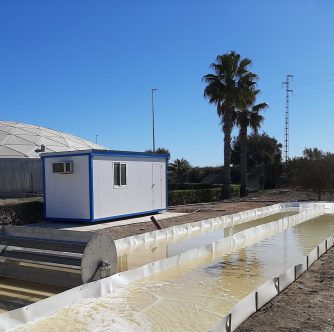
Solar photo-Fenton and UV
The chemical reaction known as photo-Fenton is the basis of several tertiary treatments selected for small populations. As part of this reaction, thanks to the contribution of energy and iron, highly reactive compounds are generated, which act by reducing the concentration of contaminants and microorganisms. The solar treatment process involves a raceway-type reactor, while the ultraviolet light process uses two photoreactors, stored in a container and powered by photovoltaic panels.
UV-LED disinfection
The alternatives for small towns offered by LIFE Phoenix include an ultraviolet light disinfection plant. The mobile treatment takes place in a container, for easy installation based on the plug & play concept. The disinfecting power of ultraviolet light in the UV-C range is used in the project.
Nutrient absorption
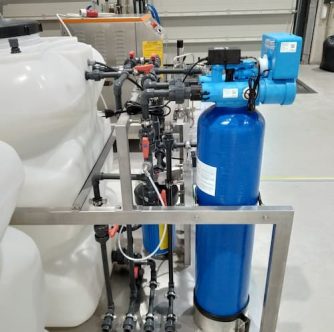
Nutrient absorption
The nutrient recovery system will be rolled out in addition to the pre-treatment and disinfection processes in small towns. The system consists of absorption columns filled with zeolites, which absorb the nutrients from the water that passes through it, concentrating the nutrients in the material, which will later be applied as fertilizer.
Funding details:Funding: LIFE Environment and Resource Efficiency Organism: European Commision (EC) Project: LIFE19/ENV/ES/000278 Grant: Subsidy of 55% budget Total funding received: 1.855.113€ With the contribution of the European Union LIFE programme LIFE19 ENV/ES/000278 This website reflects only the Consortium’s view. The European Commission is not Project funded by |



